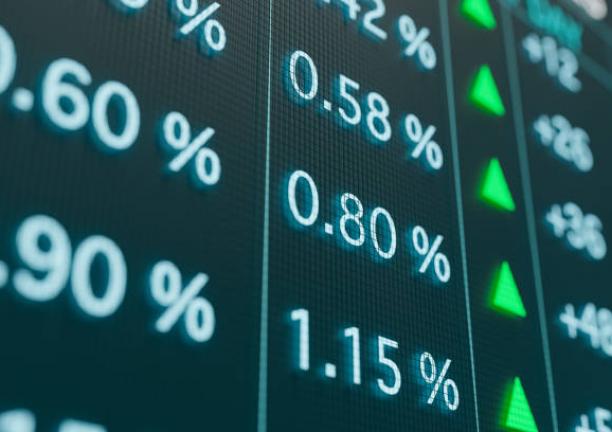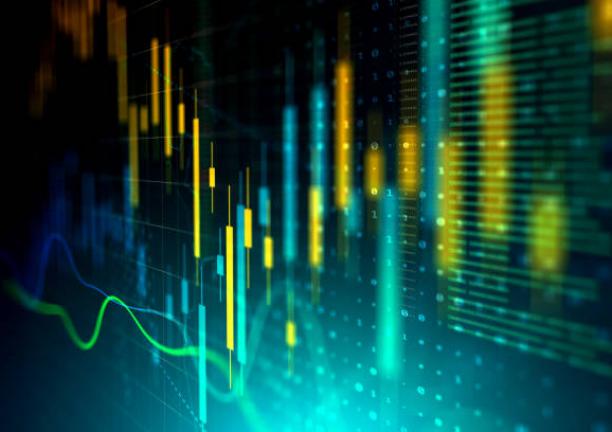Sustainable Bottom Line: Focused long-term sustainable funds ended April with $331.7 billion in assets, a $7.3 billion drop, and experienced outflows, while ESG indices stabilized.
Long-Term Net Assets: Focused Sustainable Mutual Funds and ETFs |
Focused sustainable long-term fund assets under management attributable to mutual funds and ETFs (excluding money market funds), a combined total of 1,298 funds/share classes as well as ETFs (1,078 mutual funds/share classes and 220 ETFs), based on Morningstar classifications, closed the month of April with $331.7 billion in net assets. This compares to 1,334 funds/share classes and $339.0 billion in net assets as of the prior month-end, for a month-over-month drop of $7.3 billion, or a 2.2% decline. Since the start of the year, the net assets of long-term sustainable funds have declined by $21.5 billion, or 6%. Long-term mutual fund assets ended the month of April with $223.8 billion in net assets, down $6.9 billion, or 3%, while ETFs ended the month with $107.9 billion in net assets, giving up just $43 million, or a slim 0.4%. Using a simple back of an envelope calculation, focused sustainable funds experienced outflows in April, estimated at about $9.4 billion. |
New Sustainable Fund Launches |
There were two new listings of focused sustainable ETFs brought to market by Praxis during the month of April, bringing to 3 the number of new listings during the first four months of the year. Excluded are any new share class listings or funds that were the product of reorganizations. This continues a drought affecting new sustainable fund listings that started after May of 2023 likely linked to political ESG pushback. At the same time, the number of focused sustainable fund offerings continues to decline as funds are closed or reorganized. During April the total number of funds/share classes declined to 1,298 funds/share classes at April month end, or a net drop of 36 funds/share classes. Three firms, including HSBC, Lord Abbett and Neos Investment Management, closed their small sustainable funds and existed the space. Also of note, BlackRock closed three funds/11 share classes and Goldman Sachs executed a reorganization of the $27.9 million Goldman Sachs U.S. Equity ESG Fund with its seven share classes. The fund, which has lagged in performance relative to the S&P 500 Index, failed to gain traction and was acquired by the Goldman Sachs Enhanced Core Equity Fund. The acquiring fund continues the practice of ESG integration as explicitly reflected in the fund’s prospectus, but it did not adopt the acquired fund’s exclusionary approach based on revenues derived from certain listed industries and product lines. |
Green, Social and Sustainability Bonds Issuance (to Q1 2025) |
During the first three months of the year, the supply of green bonds dropped relative to the volume registered in the first quarter of 2024. According to SIFMA, global green bond issuance in Q1 was $225.5 billion, versus $270.4 billion during Q1 of last year. At the same time, first quarter issuance in the US, at $47.7 billion, gained some momentum relative to last year when issuance reached $44.1 billion. Issuance in the US also exceeded the level achieved in Q4 2024. |
Short-Term Relative Performance: Selected ESG Indices vs. Conventional Indices |
Reflecting an improvement over the previous month when five indices underperformed, three of six selected sustainable indices, including one domestic and international stock indices along with one bond index, outperformed their conventional counterparts in April. Positive results in April were recorded by the MSCI USA Selection Index, the MSCI Emerging Markets Select Index and the Bloomberg MSCI US Aggregate ESG Focus Index that outperformed their conventional counterparts by 0.68%, 0.3% and 0.01%, respectively. Expanding the short-term time interval under consideration to twelve months reduces the number of outperformers to one index, the MSCI Emerging Markets Select Index that expanded its trailing twelve-month outperformance to 6.3% or an increase of 1 basis point relative to the previous month. The index continues to benefit from significant stock overweighting in three companies, Taiwan Semiconductor, Tencent Holdings and Alibaba, as well as some variations in country weightings. This was against a backdrop a cloud of anxiety and uncertainty hanging over American businesses and consumers from President Trump’s tariffs produced a three-day “Liberation Day” selloff in stocks that was followed by a remarkable recovery based on signals from the White House that the president was willing to lower tariffs on major trade partners and even make a deal with China, even as first quarter GDP contracted. While still negative, the S&P 500 managed to narrow its decline in April to –0.7% and -4.9% year-to-date. On the other hand, international markets posted strong positive results, up 3.6% in April and 9.03% year-to-date, per the MSCI ACWI ex USA Index. Intermediate investment grade bonds were also up 0.4%, according to the Bloomberg US Aggregate Bond Index. Since the start of the year, bonds are outperforming stocks with a year-to-date gain of 3.2%. Long-term performance results, over three, five and ten year intervals, have largely fallen behind their conventional counterpart indices. |
Sources: Morningstar Direct, MSCI, SIFMA/Dealogic Q1 2025 Quarterly Report (some statistics are updated), and Sustainable Research and Analysis LLC





